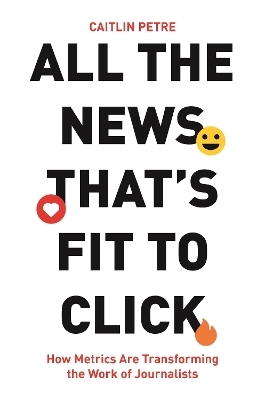
Hands-On Deep Learning Algorithms with Python
Packt Publishing Limited (Verlag)
978-1-78934-415-8 (ISBN)
Understand basic to advanced deep learning algorithms, the mathematical principles behind them, and their practical applications.
Key Features
Get up-to-speed with building your own neural networks from scratch
Gain insights into the mathematical principles behind deep learning algorithms
Implement popular deep learning algorithms such as CNNs, RNNs, and more using TensorFlow
Book DescriptionDeep learning is one of the most popular domains in the AI space, allowing you to develop multi-layered models of varying complexities.
This book introduces you to popular deep learning algorithms—from basic to advanced—and shows you how to implement them from scratch using TensorFlow. Throughout the book, you will gain insights into each algorithm, the mathematical principles behind it, and how to implement it in the best possible manner. The book starts by explaining how you can build your own neural networks, followed by introducing you to TensorFlow, the powerful Python-based library for machine learning and deep learning. Moving on, you will get up to speed with gradient descent variants, such as NAG, AMSGrad, AdaDelta, Adam, and Nadam. The book will then provide you with insights into RNNs and LSTM and how to generate song lyrics with RNN. Next, you will master the math for convolutional and capsule networks, widely used for image recognition tasks. Then you learn how machines understand the semantics of words and documents using CBOW, skip-gram, and PV-DM. Afterward, you will explore various GANs, including InfoGAN and LSGAN, and autoencoders, such as contractive autoencoders and VAE.
By the end of this book, you will be equipped with all the skills you need to implement deep learning in your own projects.
What you will learn
Implement basic-to-advanced deep learning algorithms
Master the mathematics behind deep learning algorithms
Become familiar with gradient descent and its variants, such as AMSGrad, AdaDelta, Adam, and Nadam
Implement recurrent networks, such as RNN, LSTM, GRU, and seq2seq models
Understand how machines interpret images using CNN and capsule networks
Implement different types of generative adversarial network, such as CGAN, CycleGAN, and StackGAN
Explore various types of autoencoder, such as Sparse autoencoders, DAE, CAE, and VAE
Who this book is forIf you are a machine learning engineer, data scientist, AI developer, or simply want to focus on neural networks and deep learning, this book is for you. Those who are completely new to deep learning, but have some experience in machine learning and Python programming, will also find the book very helpful.
Sudharsan Ravichandiran is a data scientist, researcher, Artificial Intelligence enthusiast, and YouTuber (search for "Sudharsan reinforcement learning"). He completed his Bachelor's in Information Technology at Anna University. His area of research focuses on practical implementations of deep learning and reinforcement learning, including Natural Language Processing and computer vision. He is an open source contributor and loves answering questions on Stack Overflow. He also authored a best-seller, Hands-On Reinforcement Learning with Python, published by Packt Publishing.
Table of Contents
Introduction to Deep Learning
Getting to know Tensorflow
Gradient Descent and its variants
Generating song lyrics using RNN
Improvements to the RNN
Demystifying Convolutional networks
Representation learning using word embeddings
Generative adversarial networks
More About GANs
Autoencoders
Few shot learnings
| Erscheinungsdatum | 31.07.2019 |
|---|---|
| Verlagsort | Birmingham |
| Sprache | englisch |
| Maße | 75 x 93 mm |
| Themenwelt | Informatik ► Theorie / Studium ► Algorithmen |
| Informatik ► Theorie / Studium ► Künstliche Intelligenz / Robotik | |
| ISBN-10 | 1-78934-415-8 / 1789344158 |
| ISBN-13 | 978-1-78934-415-8 / 9781789344158 |
| Zustand | Neuware |
| Informationen gemäß Produktsicherheitsverordnung (GPSR) | |
| Haben Sie eine Frage zum Produkt? |
aus dem Bereich


